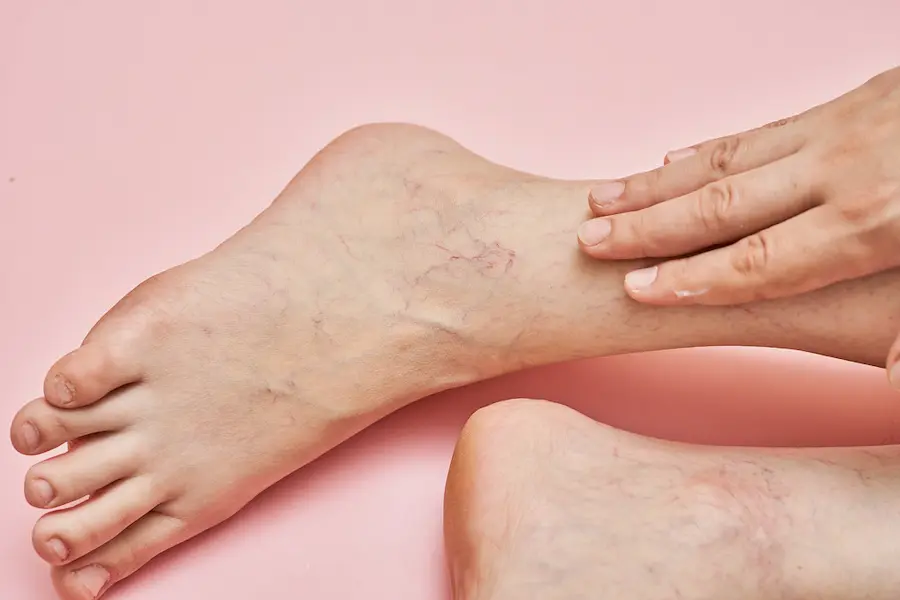Getting treated for varicose veins isn’t a sign of shame. On the contrary, it can help improve the appearance of your legs, and it can help improve your overall health. However, before you delve into treatment, you should have ample knowledge about it.
Table of Contents
Fibroids
Varicose veins can have several causes. For example, obesity and lack of exercise are risk factors for the condition. Genetics also plays a role in the development of varicose veins. If you suspect the condition, consult a doctor to get an accurate diagnosis.
Modern Vascular In New Mexico Treatment for varicose veins often uses minimally invasive techniques. These procedures can restore proper blood flow to the heart by closing the diseased vein and rerouting blood flow to healthy veins. In some cases, the affected vein is removed surgically.
Poorly functioning valves
Poorly functioning valves cause varicosity, discoloration, and pain associated with varicose veins in the legs. In some cases, the condition can become so severe that it requires immediate medical attention. Left untreated, the disease can progress to ulcers and skin breakdown around the ankle. Fortunately, the good news is that treatment for varicose veins is relatively inexpensive and highly effective.
The venous system is composed of two parts: veins and arteries. Veins transport blood from the heart to the rest of the body. Anterior veins carry blood to the rest of the body, while the posterior veins return it to the core. Since veins in the legs are lower than the rest of the body, they must work against gravity to carry blood back to the heart. This is done through muscle contractions in the lower legs, which act like pumps. Veins also contain tiny valves that allow blood to flow toward the heart and close to prevent backflow. A vein with poor valves can become swollen and bulgy, leading to pain, tiredness, and discomfort.
Sitting
Sitting for long periods can lead to poor circulation in the legs and exacerbate the development of varicose veins. This can lead to ankle swelling and even blood clots. Additionally, prolonged sitting can cause leg muscles to weaken and affect leg posture, which can increase the risk of heart disease.
Fortunately, there are many ways to reduce the pain and discomfort of varicose veins. One of the most effective is increasing your time standing and walking. For example, if you work at a desk, stand up at least every half an hour. This can help keep your legs from swelling and allow more blood to flow to the rest of your body.
Pregnancy
Varicose veins are a common problem in pregnancy and can lead to discomfort and even cosmetic issues. The increased blood volume causes the veins to swell, and hormones released during pregnancy dilate and soften vein walls. The result is a sizeable varicose vein size, often accompanied by a painful bulge. The condition can also affect sleep and fatigue.
Although pregnancy may cause pregnancy-related varicosities, these problems are unlikely to affect the baby’s delivery. They usually resolve within 3 to four months after the baby’s delivery. However, if the woman is breastfeeding, this process may take longer. If they are still present after four months, they are unlikely to improve and are likely to become more problematic during her subsequent pregnancy.

